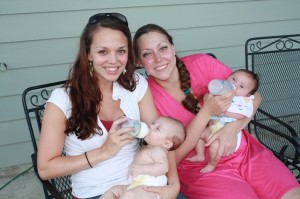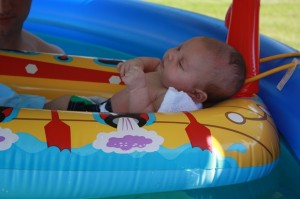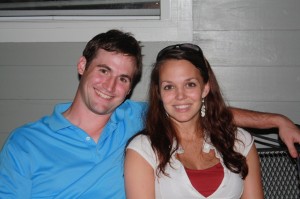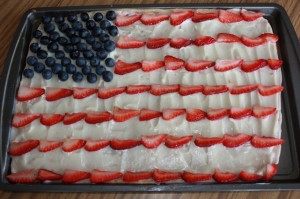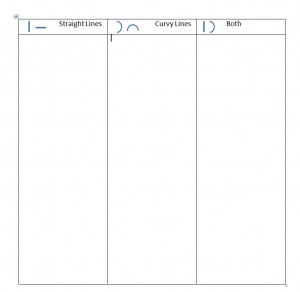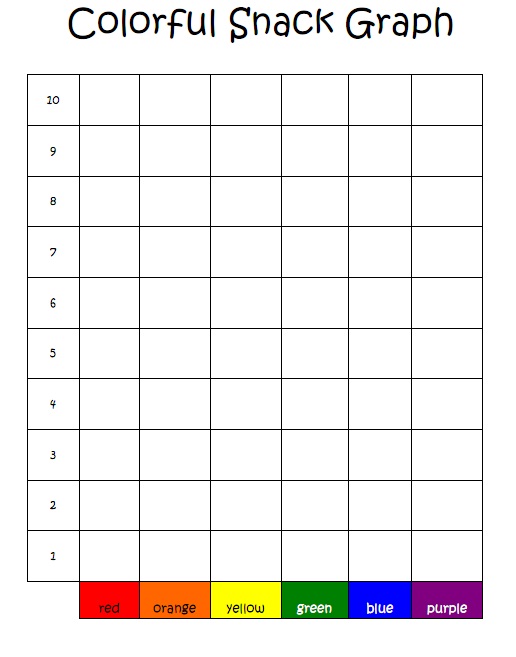Every year my sister throws a Fourth of July party at her house, but last year was extra special. My sister and I, and our families, got to celebrate Independence Day with our two precious newborns….born just two days apart!
We enjoyed a lot of good food, swimming, and fireworks while my little man enjoyed his floatie:
My husband and I had some time to enjoy the fireworks that night with so many family members around to hold the baby:
And this year will be another special party at my sister’s house that I am looking forward to. We made the meal plan and being that I am four months pregnant I picked what I was going to bring based on my cravings.
But last year I made this:
It may not look this “neat” if you let your little ones help you make it, but I thought that a fruit pizza flag would be SUCH a great cooking activity….especially with all the teaching opportunities here. Put candles in it and sing Happy Birthday to our country, Explain the symbolism of the American flag, counting out the stars and stripes, measure the cake pan and try to fill the whole area, cut the strawberries in “half” making twice as many pieces, and measure out the amounts to make and stir the icing from scratch….I just used sugar cookie dough for the base 🙂
So, Happy Fourth of July Friends! Make memories and share them on the Mommy Teacher Facebook Page!!!!

